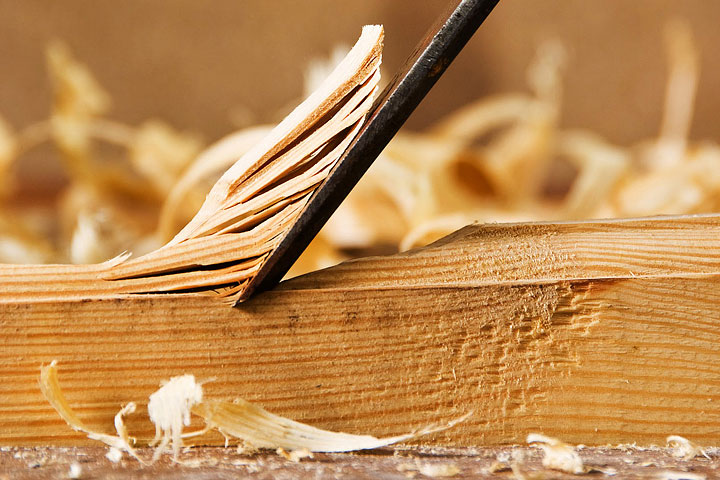
Choosing the right wood for a home improvement project can be tricky for experienced woodworkers and novice DIYers alike. Luckily, knowing a few key lumber facts can make it easier to select the right woods for a whole range of projects—from framing to decking to furniture making. What is the real difference between hardwood and softwood? What does a wood’s grade say about it? Which is more durable, pressure-treated lumber or composite decking? Should you opt for plywood or oriented strand board? Before you choose a wood for your next home project, understand the wood’s benefits and drawbacks. Here are 11 facts you should know before you buy lumber for your next DIY.
Hardwoods vs. Softwoods
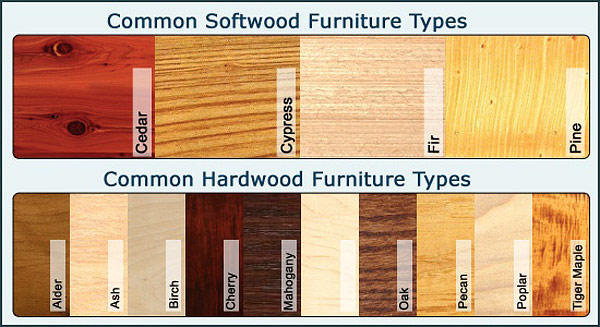
The terms “hardwood” and “softwood” can be deceiving, as there are types of each which defy their names’ implications. Hardwoods are derived from deciduous trees and include mahogany, oak, birch, and walnut. Softwoods come from evergreen conifer trees and include pine, cedar, fir, and spruce.
Hardwood Grades
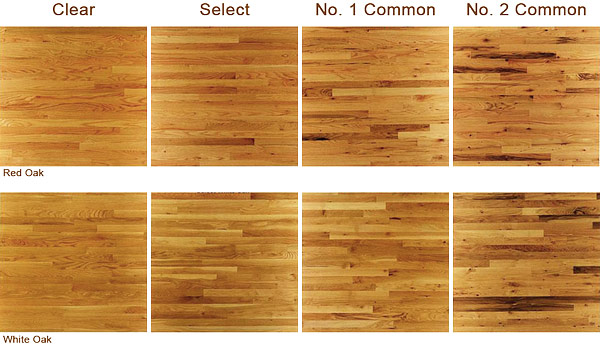
The National Hardwood Lumber Association established standards for grading lumber that are based on the number of defects in a board. The highest grade is FAS (or Firsts and Seconds), followed by lower designations that include, in order, Select, No. 1 Common, and No. 2 Common.
Softwood Grades

Softwoods are split into two categories and graded according to the American Softwood Lumber Standard. Dimensional, or “construction,” lumber is graded on strength, while “appearance” and remanufacture lumber—boards that provide the raw material for other products—are graded on looks. The two primary grades are Finish followed by Select, each with letters A, B, C, and D as subgrades. The further down the alphabet, the more defects.
Plain-Sawn

Boards differ in appearance and behavior depending on how they’ve been cut from a log. Plain-sawn cuts, illustrated here, leave the least amount of waste but are more prone to cupping and twisting.
Quarter-Sawn

In quarter sawing, the log is first quartered, and then each board is cut successively along the axis of the wedge, which yields fewer, but sturdier, boards.
Rift-Sawn

Rift sawing cuts along the radius of the log so the grain pattern is the same in each cut. This technique results in the strongest boards, but they cost more.
Pressure-Treated Lumber

Pressure-treated lumber contains chemicals that seal the wood to protect it from fungi, insects, and decay, so it’s the best choice for outdoor projects. Because it is typically manufactured from pine, however, treated lumber can be susceptible to warping, swelling, and even water retention, so some routine maintenance is required.
Dimensional Lumber and Studs

Dimensional lumber is a term used for wood cut to standardized widths and depths, specified in inches, such as 2 x 4 or 4 x 4. For wall framing, stud or precut sizes are also widely available.
Decking
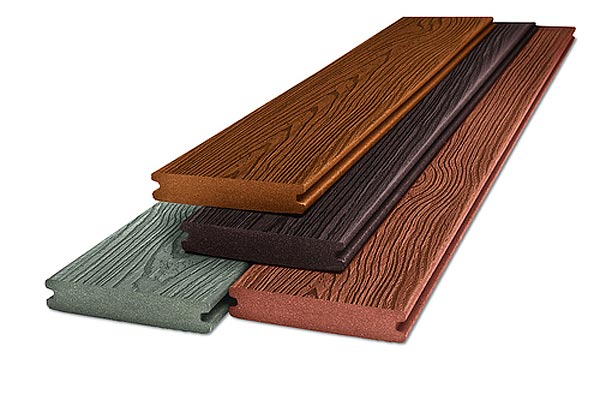
Decking encompasses real wood, treated lumber, and composites that are suitable for floor boards and railings. Composite lumber is a mixture of wood fiber and plastic that forms a material denser and stronger than wood. Though it costs a little more and is available in fewer colors than real wood, it’s the lowest maintenance option for those not interested in sanding, staining, or splinters.
Plywood and Oriented Strand Board
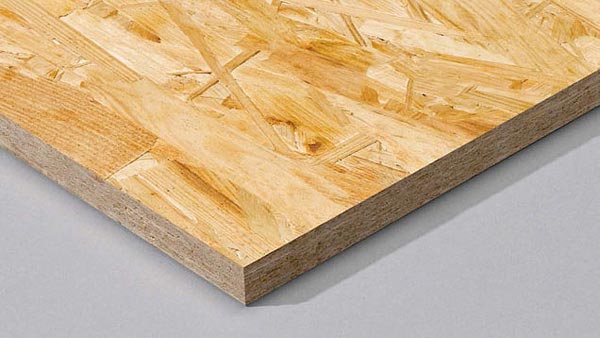
Plywood and oriented strand board (OSB) are both structural panels that are used widely in framing and subfloors, but each has its own strengths and weaknesses. Plywood is lighter, off-gasses less, swells less, and retains less water than OSB. OSB, however, is generally more uniform and more affordable, and it’s considered the “greener” of the two options. Do your research before choosing the right one for your home project.
Lumber Defects

Defects are most easily divided into five groups that encompass both manmade and naturally occurring imperfections: conversion, which refers to defects that are created during processing of the lumber, such as improper sawing or chips caused by a falling tool; fungus resulting from high humidity and warm air; insects such as carpenter ants or termites; natural forces like abnormal tree growth; and improper seasoning from the uneven drying of lumber.



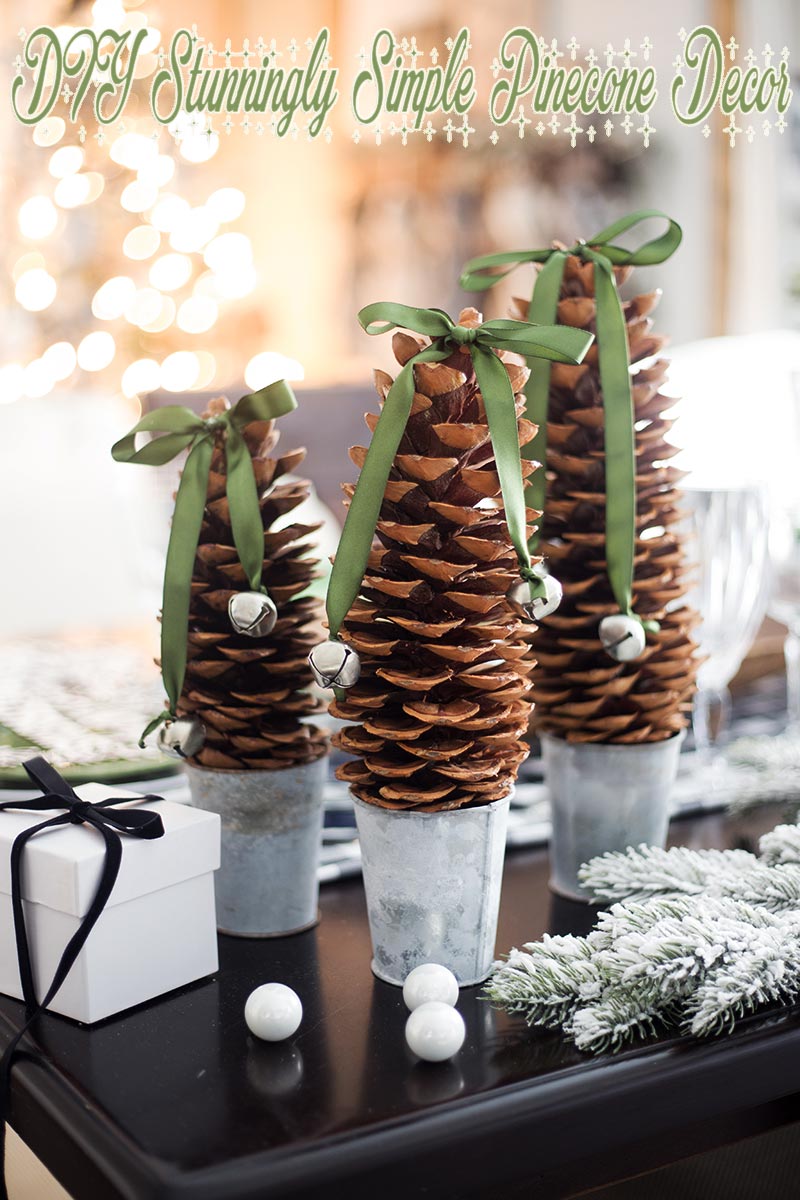
Wow, I had no idea that there would be so many different choices to make when visiting a lumber yard! I really want to get some wood for a DIY fence, but I never knew about pressure-treated wood! It sounds like I should probably get that kind since the lumber will be outdoors around insects and fungi. The last thing I’d want is for the wood to rot quickly after getting it!
I loved learning about how dimensional lumber is a term used for wood that is cut for standardized widths. We have been wanting to install a deck for 2 years but have never had time due to work and traveling all the time. I am no expert so I will be sure to get the opinion from an expert about which typed of wood we should use!
We are wanting to build a tree house to look like a log cabin for our kids, but neither my husband and I have ever done something like this before, so we need help on how to choose the right lumber. It’s good to know that we might want to have the logs cut in a quarter-swan cut to make sure that we have a sturdier structure. That is something we do want to consider, since our kids will be playing in it. Thanks for the insight!